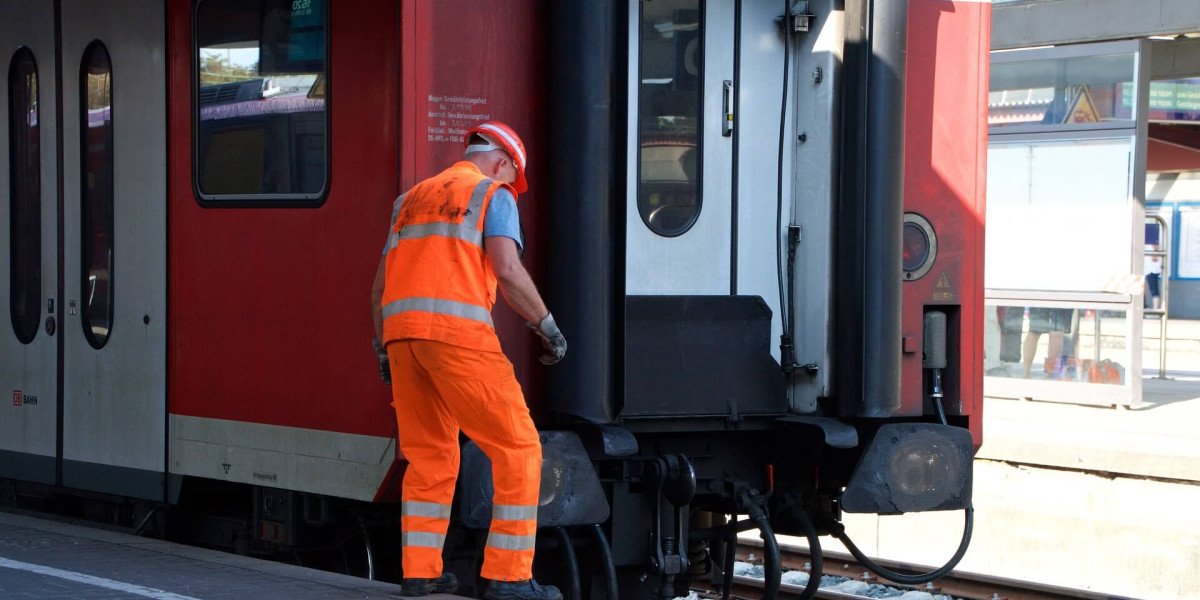Market Intelo announces the latest insights into the Galvanizing Line Market, highlighting stable global growth propelled by infrastructure expansion, vehicle manufacturing, appliance production, and modernization of steel processing assets worldwide.
Market Snapshot
The global galvanizing line market was valued at approximately USD 1.3 billion in 2024 and is projected to reach around USD 1.9 billion by 2033, registering a CAGR of about 4.3% over the forecast period.
Moreover, complementary evidence from sector trackers points to a 4–6% annual growth window driven by continuous galvanizing line deployments and capacity upgrades across core end-use sectors.
Growth Drivers
Rising demand for galvanized steel in construction, automotive, white goods, and industrial infrastructure continues to stimulate new line installations and retrofits.
Furthermore, continuous galvanizing remains essential for corrosion protection, paint adhesion, and cost-effective performance in high-volume steel products.
In addition, infrastructure investments and residential/commercial project pipelines are elevating coated steel consumption in key regions.
Market Dynamics
Demand Side Trends
Construction remains the primary consumption channel for galvanized steel, supporting adoption of efficient galvanizing lines that serve coil, sheet, and structural product formats at scale.
Meanwhile, the automotive sector’s focus on durability and lightweight coated components underpins consistent line utilization, especially for body panels and chassis applications.
Supply Side Trends
Vendors are integrating automation, inline inspection, and AI-driven process control to enhance coating quality and reduce zinc consumption per ton of output.
Therefore, technology upgrades and energy-efficient furnaces are emerging as key differentiators in new line tenders and brownfield modernization programs.
Market Size and Forecast
2024 market size: USD 1.3 billion.
2033 forecast: USD 1.9 billion.
Forecast period CAGR: 4.3% (2025–2033).
Notably, several independent assessments outline adjacent metrics that reinforce the market’s trajectory, with global galvanizing line values estimated in the USD 1.5–2.1 billion band by 2033 based on varying methodology, segment definitions, and inclusion criteria.
Segment Overview
By Line Type
Continuous galvanizing lines (CGL): Preferred for high-throughput coated sheet and strip used in automotive and construction, delivering consistent coating quality at industrial scale.
Batch/hot-dip units supporting structural and large components complement CGL demand where part geometry or project logistics require flexible processing.
By End User
Construction: Structural members, roofing, purlins, decking, and bridge elements drive steady coated steel demand served by galvanizing lines upstream in the coil supply chain.
Automotive: Body-in-white and underbody components remain core coated applications requiring precise zinc control and advanced alloy coatings.
Appliances/White Goods: Exterior panels and enclosures need paintable, corrosion-resistant surfaces at competitive cycle times.
Regional Insights
North America, Europe, and Asia-Pacific remain the largest adopters, supported by mature steel ecosystems and sustained demand for coated products in infrastructure and mobility.
As a result, Asia-Pacific continues to add capacity and upgrade lines to serve domestic construction booms and export-oriented steel production hubs.
Technology and Innovation
Advanced coatings: Zinc-magnesium and aluminum-zinc alloys improve corrosion resistance and formability, pushing line upgrades and precision control investments.
Automation and AI: Inline sensors, defect analytics, and predictive maintenance reduce downtime and optimize zinc baths, burners, and annealing profiles.
Regulatory and Sustainability
Stricter environmental norms encourage closed-loop zinc recovery, emissions control, and energy optimization across new and retrofitted lines.
Consequently, low-emission furnaces and resource-efficient rinse/flux systems are becoming standard specifications in competitive bids.
Competitive Landscape
Market participants include equipment OEMs, engineering integrators, and service providers focused on turnkey CGL projects, modernization packages, and lifecycle services.
In addition, players differentiate through coating uniformity, line speed, thermal efficiency, and integrated quality systems to meet automaker and construction-grade standards.
Key Opportunities
Infrastructure acceleration: Public and private projects in transport, utilities, and urban development will sustain galvanized steel throughput on modern lines.
Renewable energy buildout: Solar mounting, wind towers, and grid hardware require durable coatings, supporting specialized line configurations and alloy coating recipes.
Brownfield optimization: Upgrades to burners, air knives, wipers, and quench sections improve coat weight control and reduce zinc usage, enhancing ROI.
Challenges
Zinc and energy price volatility can compress margins and complicate coating cost forecasts for line operators and service centers.
Meanwhile, compliance costs for emissions, effluents, and waste recovery may pressure smaller operators without scalable capex capacity.
Access for PDF Sample > https://marketintelo.com/request-sample/120188
Methodological Notes
Variations in reported market size arise from differences in scope—some sources emphasize line equipment and turnkey projects, while others include services and related subsystems across broader timeframes.
Nevertheless, consensus indicates low-to-mid single-digit CAGR through 2033, anchored by durable, multi-industry demand for galvanized flat products produced on continuous lines.
Analyst Commentary
The galvanizing line market is tightly linked to downstream galvanized steel consumption, which enjoys secular demand across construction and mobility systems worldwide.
Therefore, modernization rather than sheer greenfield expansion will shape competitive dynamics, with line operators prioritizing quality, speed, uptime, and sustainability outcomes.
Recent Indicators
Multiple industry trackers signal a 4–6% annualized growth outlook for continuous galvanizing infrastructure, with 2025–2033 expansions led by Asia-Pacific and selective upgrades in Europe and North America.
Moreover, related markets in hot-dip galvanizing and galvanized steel show synchronized growth paths that reinforce upstream line investment confidence through the early 2030s.








